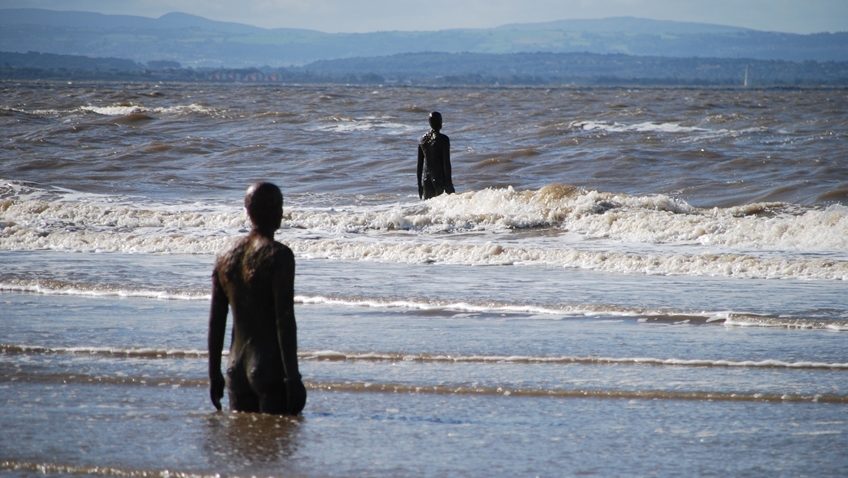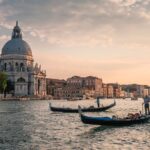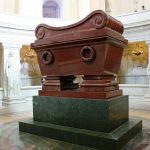Robert Tanitch’s round-up of Books No 2 (2020)
VINCENT VAN GOGH A Life in Letters (Thames & Hudson). Vincent had a special relationship with his brother Teo, who unstintingly gave him the moral and financial support which allowed him to paint. The letters, an excellent read, provide a vivid and intimate portrait not only of an artist at work and his passion for art and artists but also of his loneliness, his melancholy and his unstable mental state. The ideal way to read his letters would be to have his paintings by your side.
VINCENT’S BOOKS by Mariella Guzzoni (Thames & Hudson) Van Gogh and the Writers Who Inspired Him. “Books and reality and art are the same kind of thing for me. I am,” said Vincent, “a man who has irresistible passion for books.” Authors he particularly liked were Shakespeare, Dickens, Balzac, Zola, Hugo, Tolstoy, Loti, etc, etc
DEGAS AT THE OPERA (Thames & Hudson). Edgar Degas (1834-1917) was a master of movement and colour. The paintings, intimate and informal, are rehearsed yet spontaneous. “They call me the painter of dancers,” he said. But he thought of the ballerinas as ugly little rats. He looked at them on stage and in rehearsal with dispassionate objectivity, observing their bodies from all sides and from the most unexpected angles. Many assumed he was a misogynist. This in-depth academic tome will force you to relook at familiar works and rethink.
JOSEPH WRIGHT OF DERBY Painter of Darkness by Matthew Craske (Yale). For those, who know only Wright’s An Experiment on the Bird in an Air Pump, Craske’s subtitle is an oxymoron. This handsome academic volume, richly illustrated, throws new light on Wright (1734-1797) and shows all is not light. He abandoned London for an isolated studio buried deep in the remote Midlands countryside. Wright’s artistic vision is dark, meditative, melancholic, depressed and morbid.
ABSTRACT ART A Global History by Pepe Karmel (Thames & Hudson) demonstrates the link between abstraction and the real world under various headings: bodies, landscapes, cosmologies, architecture, signs and patterns. There are so many stunning images from artists you know and don’t know. The illustrations are magnificent and overwhelming.
SHAPING THE WORLD, Sculpture from Pre-History to Now by Antony Gormley and Martin Gayford (Thames & Hudson). Leading sculptor and leading art critic and historian have lively conversations and explorations which encourage the reader to look at sculpture in a completely different way. There are more than 300 illustrations. The content, familiar and unfamiliar, is awesome. Gormley and Gayford are very accessible.
LONDON’S NEW SCENE Art and Culture in the 1960s by Lisa Tickher (Paul Mellon Centre for Studies in British Art). What did Swinging London do for you? Tony Armstrong Jones, Ken Russell, John Schlesinger, Bridget Riley, Frank Auerbach, Antonioni’s Blow-up, David Bailey, The Who, Gilbert and George. They are all here. How did the art school revolution affect you? Artists and institutions negotiate boom and recession. It all ends in disillusionment and political unrest.
To learn more about Robert Tanitch and his reviews, click here to go to his website 




